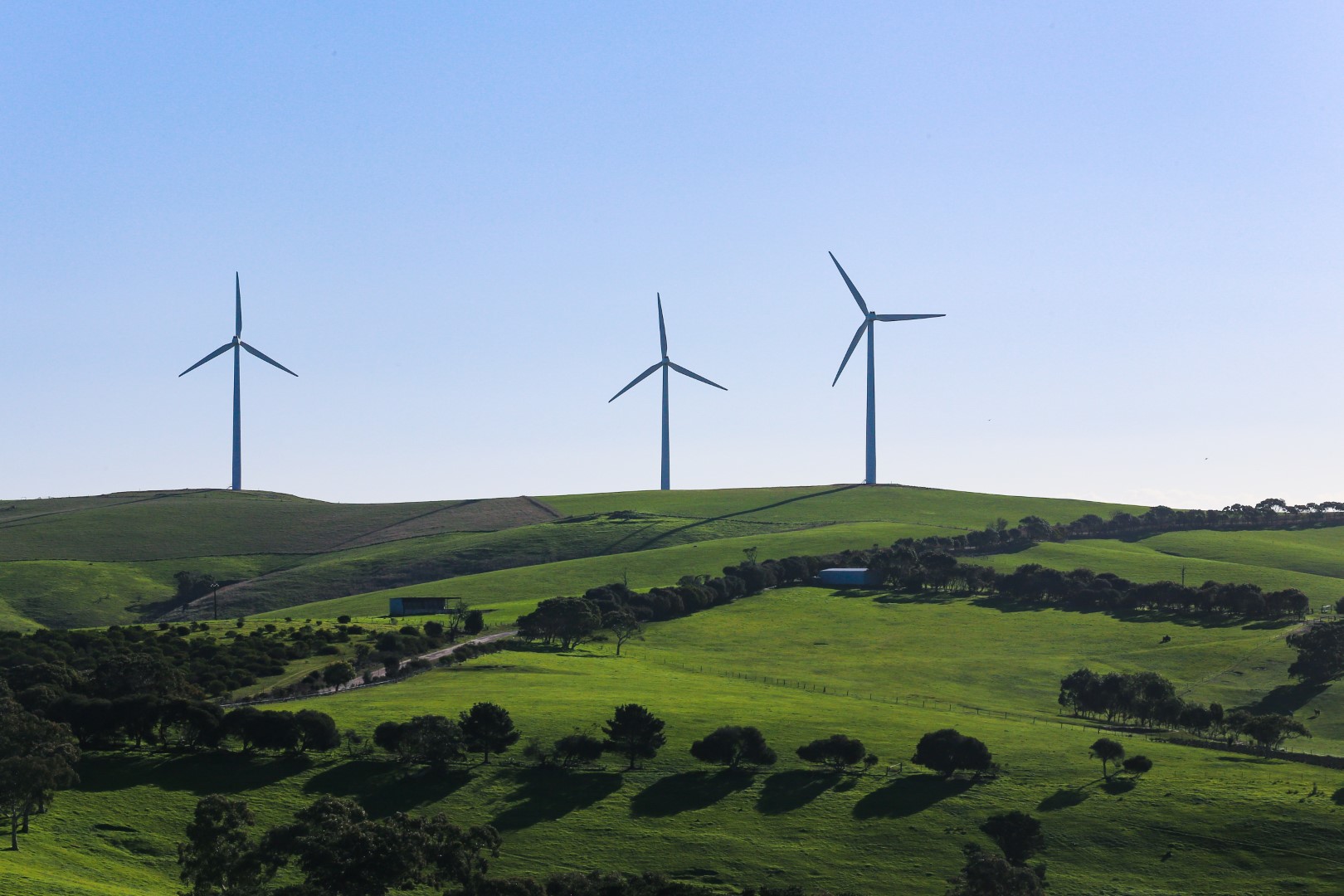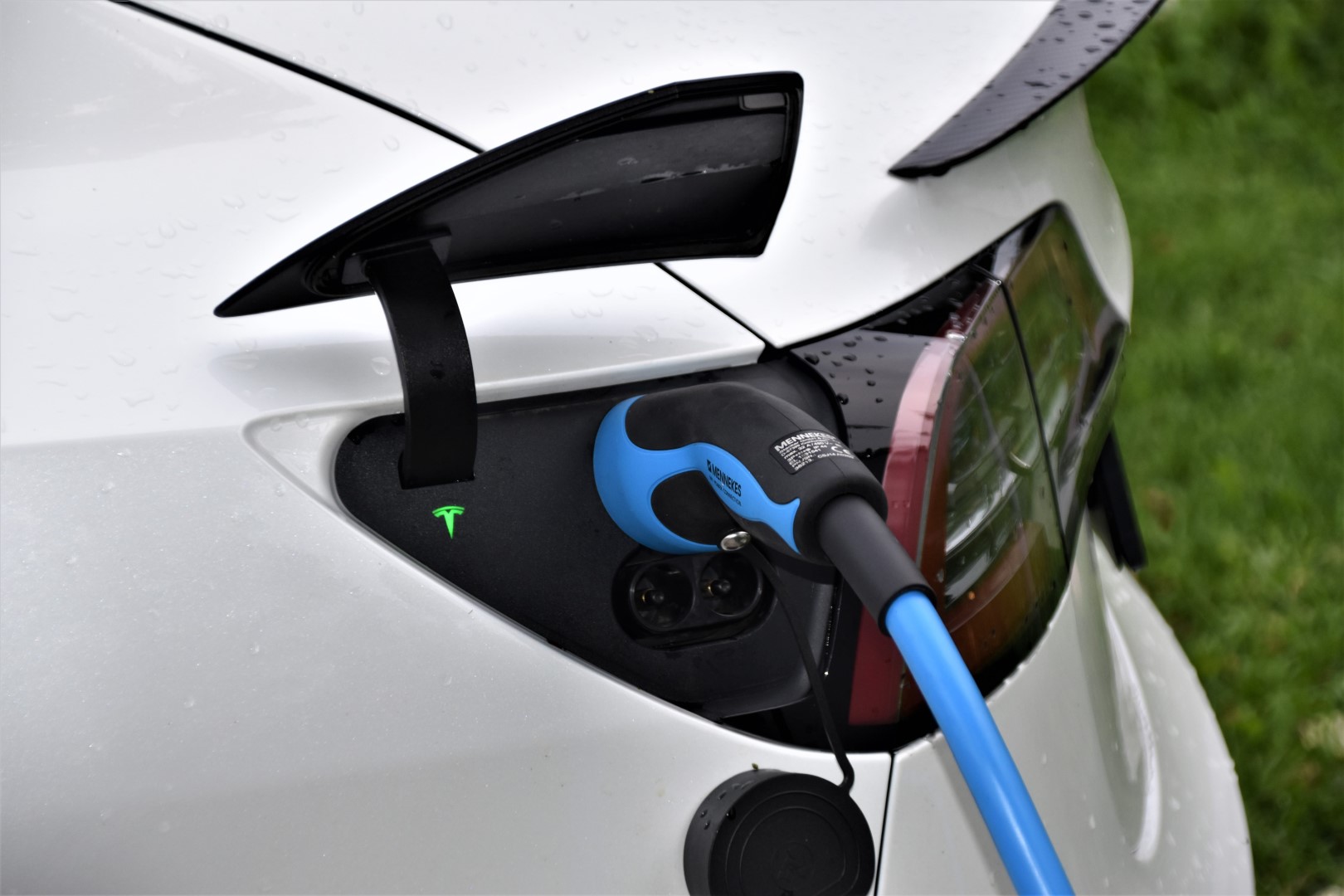Enabling the energy transition
We make demand flexible to match supply in real time, giving consumers the opportunity to have an active voice in the energy transition.

Traditional balancing
Traditionally, the electricity system is balanced by increasing supply to meet demand when required. Energy generators that can offer flexibility are then rewarded by the system operator for helping to maintain a balanced grid.
With the transition to renewable energy, this model poses challenges as renewable sources of electricity are less flexible than traditional power stations.


New necessary balancing
Renewable energy sources are inflexible and unpredictable, which makes balancing the electricity on the demand side critical.
Stemy enables real time demand flexibility, allowing consumer demand to match supply and giving consumers the opportunity to have a voice in the energy transition.










